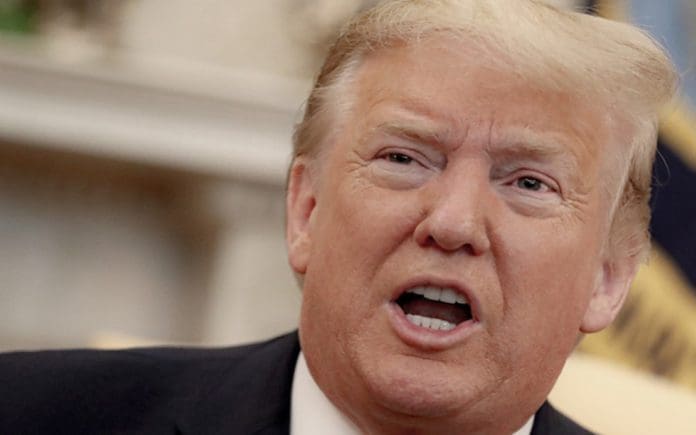Donald Trump’s sweeping new tariffs are accelerating a decisive shift toward a multipolar global economy, moving beyond a US-dominated system, according to Nigel Green, CEO of deVere Group, one of the world’s largest independent financial advisory organizations.
Green states these measures are actively rewiring global trade, capital flows, and strategic priorities.
“The shift away from a US-dominated system is no longer theoretical, it is active and accelerating. Multipolarity now defines the direction of global trade,” Green said. “These tariffs are forcing countries to rewire their trade, capital, and strategic priorities. The world is moving toward multiple centres of economic power and influence.”
Effective August 7, the US will impose significant tariffs on nearly every major trading partner. Countries with a trade deficit face a minimum 15% rate, with specific nations targeted higher: Canada at 35%, Brazil at 50%, and India at 25%. India also faces financial penalties for maintaining energy and defence ties with Russia, despite being positioned by Trump as an ally. Green noted India’s inclusion demonstrates how partners rapidly become pressure points, potentially nudging New Delhi toward deeper cooperation with trade rival Beijing.
While trade negotiations with China and Mexico continue, broader international responses are unfolding. Green observes increased coordination between Beijing, Moscow, and Delhi on trade, infrastructure, and investment. Traditional US allies like Switzerland and Taiwan are reassessing risk, with many governments seeking to reduce exposure to Washington’s economic leverage. “This isn’t a rerun of past trade disputes. It is a global shift away from reliance on the US as the central node. New trade networks are forming by necessity, not necessarily by preference,” Green explained.
The extensive US tariff list impacts nations across continents: Switzerland faces 39%, South Africa, Libya, Algeria, and Serbia between 30-41%, and Taiwan, Israel, Pakistan, and Norway within 15-20%. Green emphasized that markets are adjusting, capital is shifting, and supply chains are realigning around regional strengths rather than global scale.
“The dollar remains dominant, but its influence is no longer unchallenged,” Green stated. He highlighted accelerating reserve diversification by central banks and the development of new regional payment infrastructures less reliant on US rules. “This fragmentation is the new baseline. The post-war consensus on trade and financial cooperation is fading. What replaces it is a world of multiple economic power and influence centres, each with their own rules and reach.”
For investors, Green warns the implications are direct: weakening correlations, climbing policy risk, and active exposure to geopolitical realignment. “Anyone still expecting a return to the old system is behind the curve. This is the direction of travel now. Global trade will be multipolar. Capital allocation must reflect that,” he concluded, framing the changes as the start of a generation-defining realignment where influence is distributed and alignments become increasingly transactional.
Source: newsghana.com.gh











